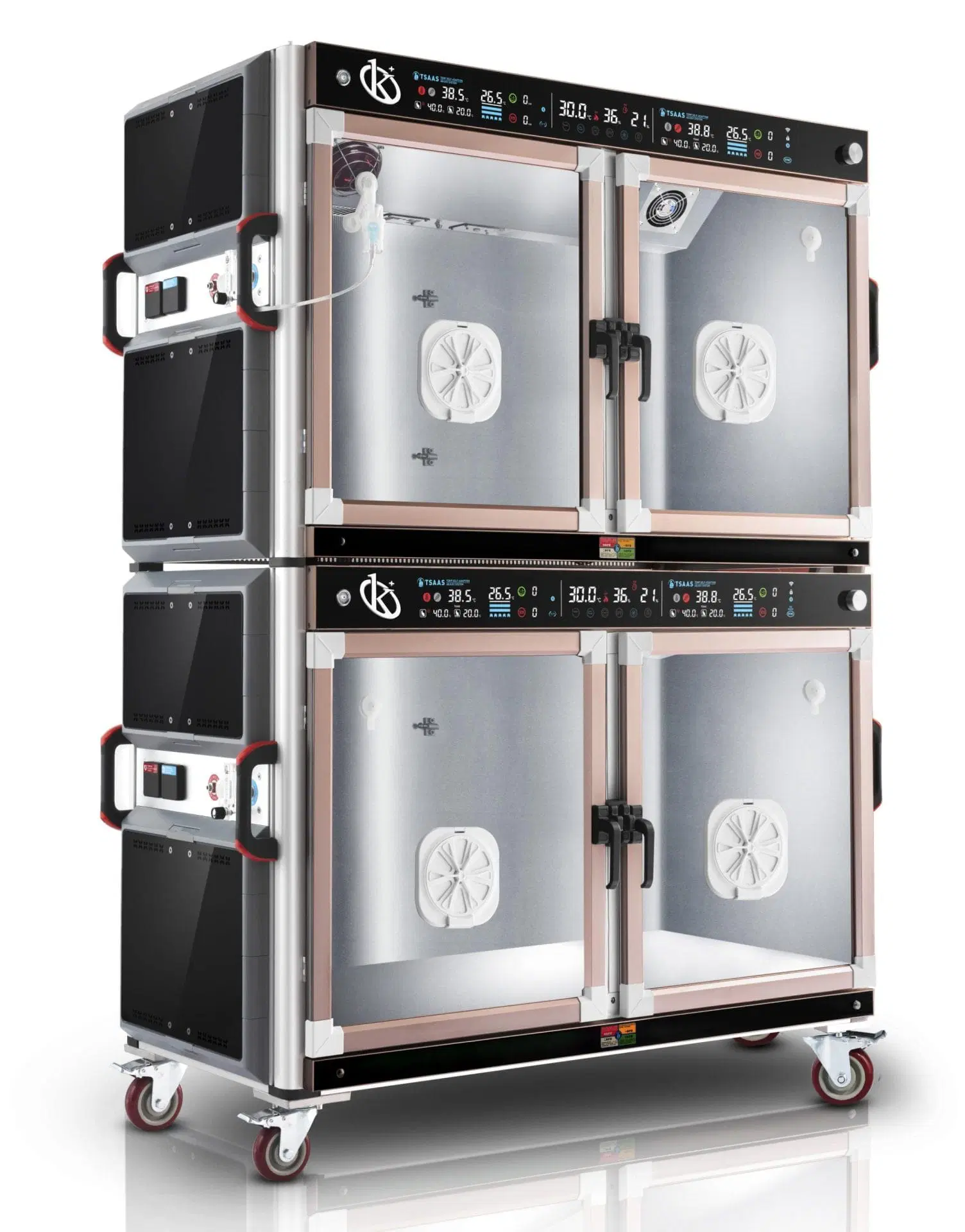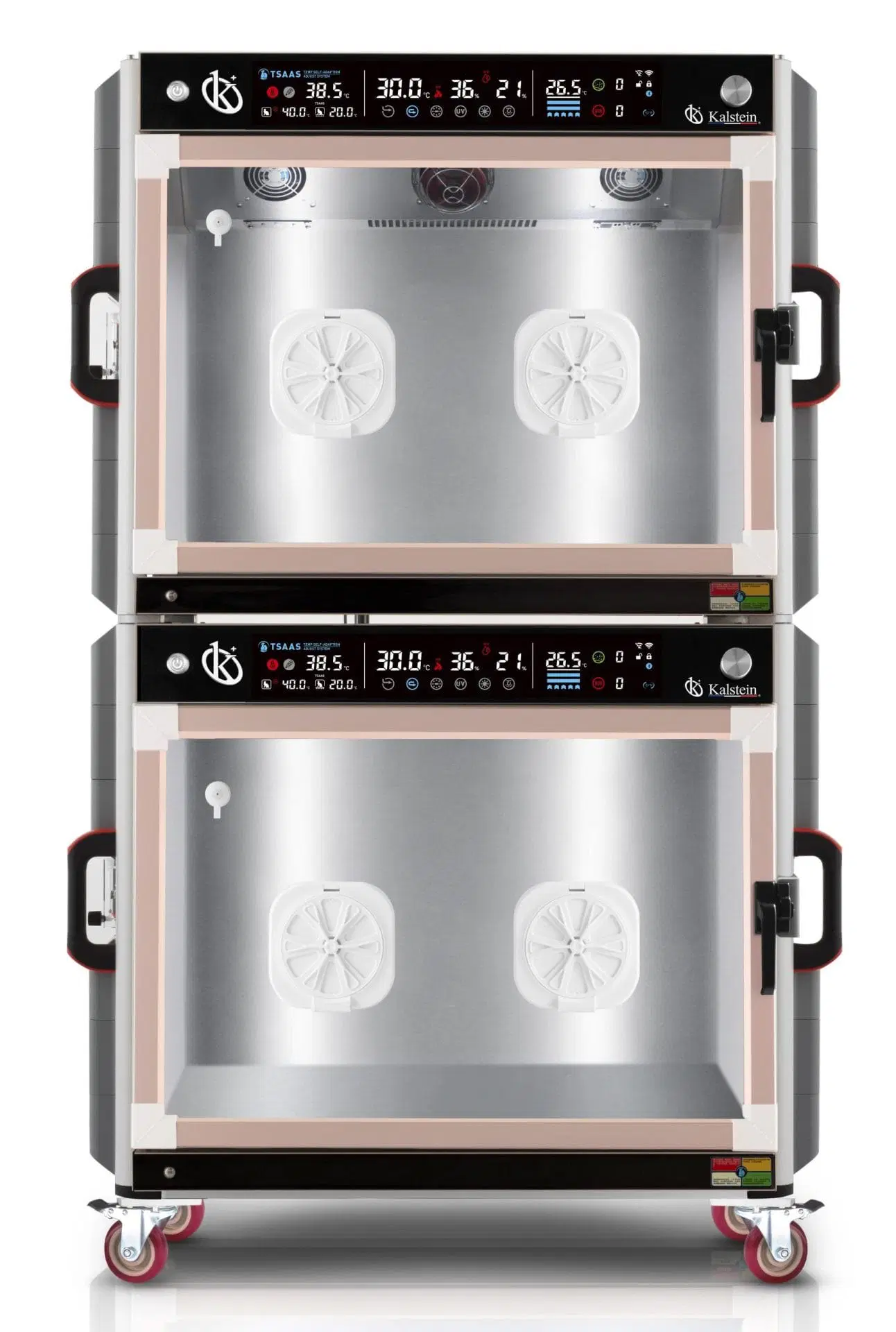The metallo-β-lactamases (MBL) are enzymes of the carbapenemases family and hydrolyze all β-lactams except monobactams and are inhibited by metal ion chelators such as EDTA, dipicolinic acid, belong to Ambler group B, and 3a and 3b in the classification of Bush.
The genes of the MBL can be transported in cassettes within integrons, transposons, plasmids, elements called common regions (CRs) that may or may not be transferable, or be inserted into the chromosome, which confers to certain bacterial species, intrinsic resistance to the carbapenems.
Historically, carbapenems have been the main treatment against serious infections by multiresistant gram-negative microorganisms, the appearance and increase of carbapenemases has endangered the effectiveness of this family of antibiotics.
How are MBL classified?
The majority of these enzymes are of the Verona type integron-encoded metallo- β -lactamase (VIM), IMP and more recently of the New Delhi type metallo- β -lactamase-1 (NDM-1). All of them hydrolyse all beta-lactam antibiotics except aztreonam. However, many of the carrier bacteria also have complementary resistance mechanisms that also make them resistant to this antibiotic. They are often identified in these bacteria betalactamases extended spectrum (ESBL) that are able to hydrolyze aztreonam. They are characterized by their resistance to commercial beta-lactamase inhibitors, and their susceptibility to chelating agents such as EDTA, due to the metallic structure of their active center.
History of the MBL
The first reports of carbapenemas were in the 1980s and then its rapid spread throughout the planet.
The carbapenemases of the IMP type were identified for the first time in a strain of P. aeruginosa, collected in Japan in 1988. Its name refers to the resistance to imipinem, carbapenemic antibiotic, which presented said strain. The gene that encoded the enzyme, blaIMP, was located in a plasmid, so its transmission between strains of P. aeruginosa was very fast. On the other hand, VIM type enzymes were isolated in France in 1996 and in Verona, Italy, in 1997, in strains of P. aeruginosa. Currently, strains that produce enzymes of the VIM and IMP type are endemic to Greece, Taiwan and Japan, although sporadic outbreaks have been reported as well as isolated cases in other parts of the world.
An epidemiological alarm caused, in 2008, the isolation of a new MBL that was named NDM-1 because it was isolated in Sweden and England in patients from India and Pakistan.
Subsequently, isolation of NDM-1 was reported in Japan, Australia, Canada and the United States of America. On November 17, 2011 was isolated for the first time in Latin America, in a strain of Klebsiella pneumoniae the NDM-1, the report occurred in Guatemala; For this reason, the World Health Organization (WHO) issued an alert for the surveillance and detection of these strains that increase morbidity and mortality due to infections associated with health care.
What is the global impact of these bacteria?
The current concern is that the genes that encode these enzymes are included in conjugative plasmids that give the bacteria a great potential for dissemination to other nosocomial pathogens. The excessive use of carbapenems is an important factor in the generation and selection of carbapenemase-producing organisms, their proper use would prolong their future use, at a time when no new antimicrobial is expected against gram-negative organisms.
What to do about this situation?
The excessive use of carbapenemics is one of the main factors that promote the appearance of MBLs, so the proper use of them would be an appropriate measure to preserve this powerful family of antibiotics.
The global spread of these enzymes, their increasing prevalence and their repercussion on the therapeutic results force the countries to create detection systems and surveillance of them, above all in the inhospitable area, in terms of all the material used. Concerned about this alert in Kalstein, we have designed autoclaves that efficiently meet the stringent sterilization requirements of large health centers. That’s why we invite you to take a look at our one of the autoclaves available HERE


